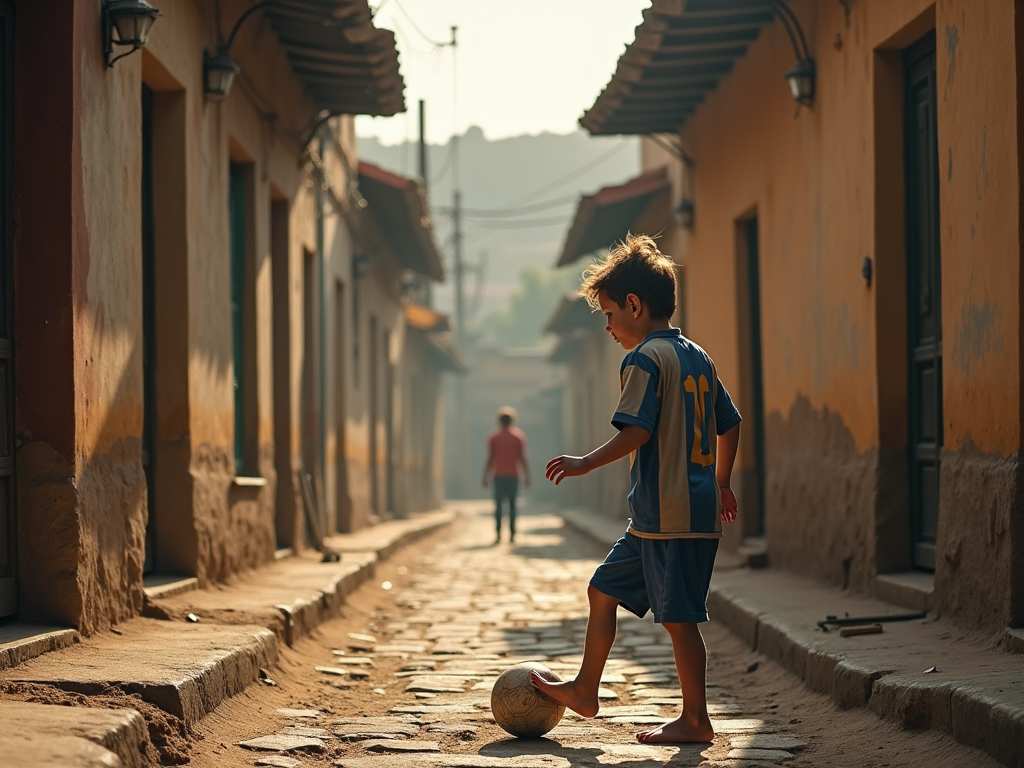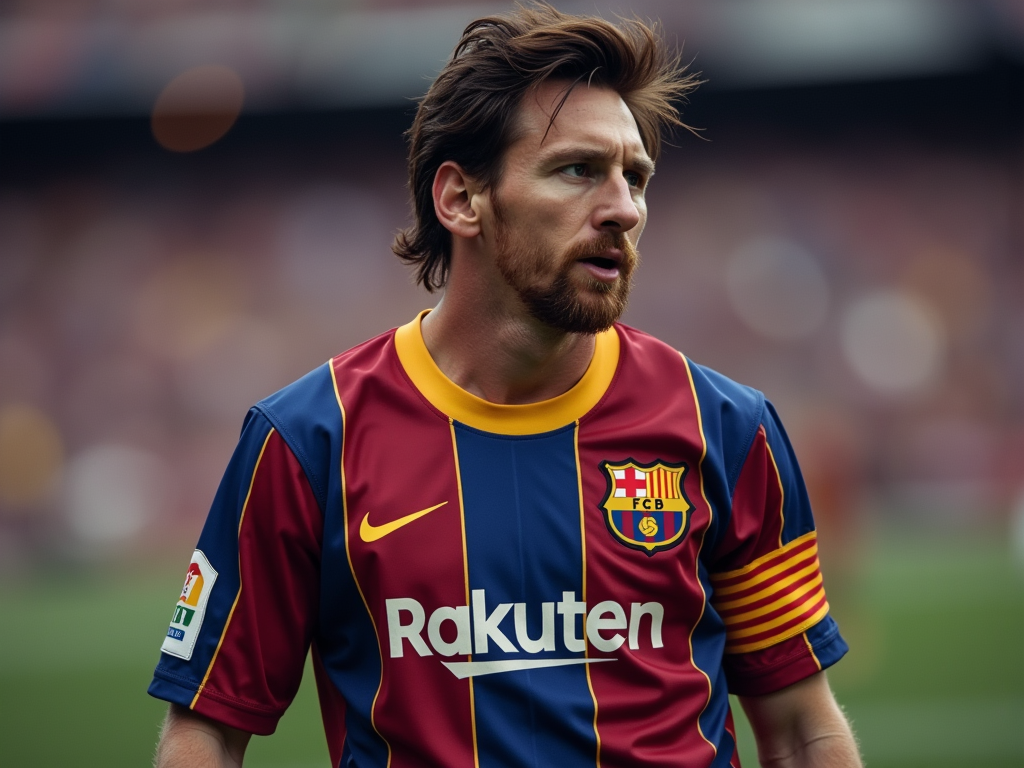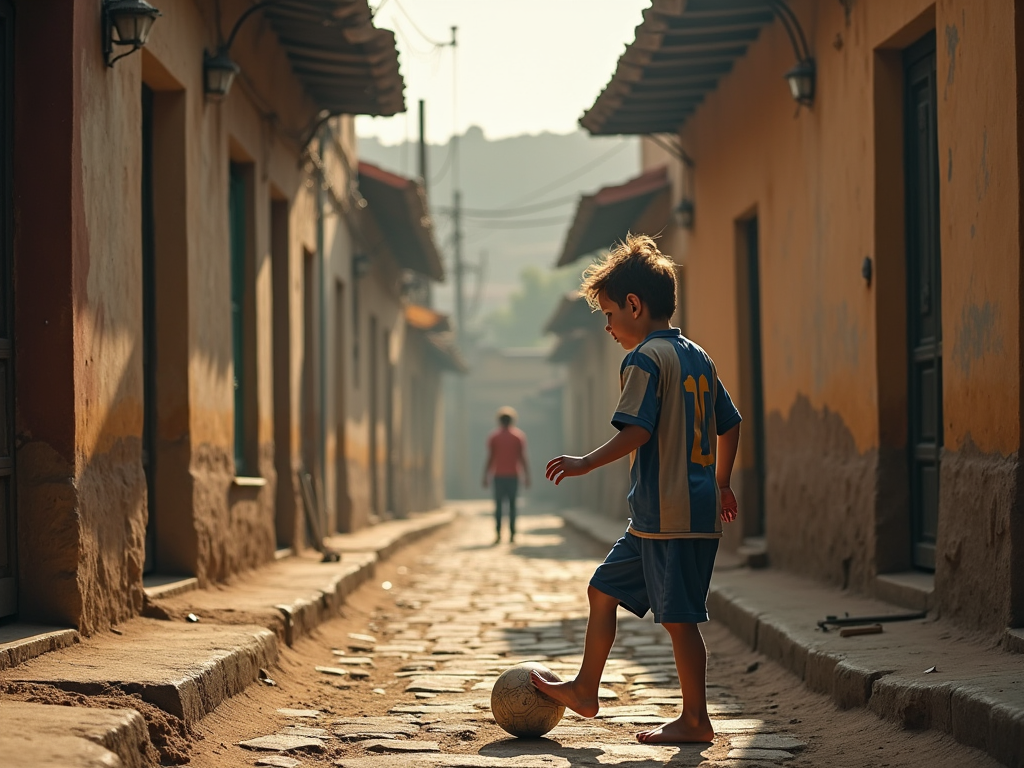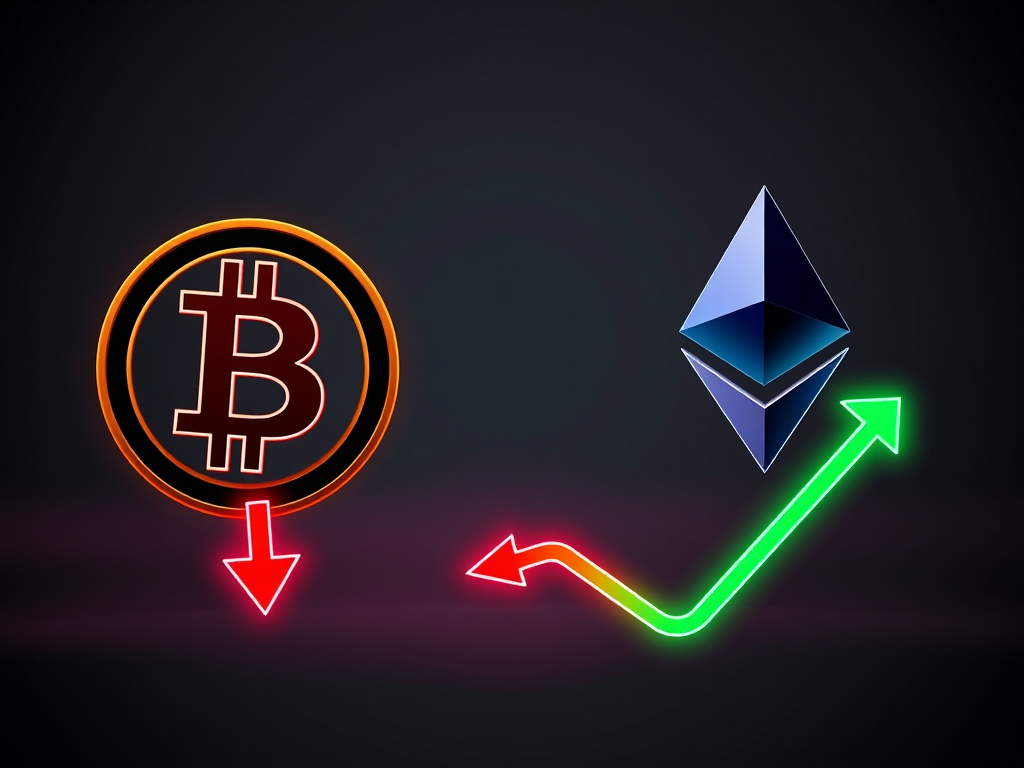Chapter 1: From the Streets of Rosario to the Pinnacle of the Game
The cobblestone streets of Rosario, Argentina, resonated with the rhythmic sound of a worn leather football bouncing against the ancient, weathered walls of Barrio Las Heras. Through the narrow, twisting alleyways, a scrawny boy of no more than eight years old sprinted, his small feet manipulating the ball with a finesse that seemed almost otherworldly. Lionel Messi, though slight and delicate in frame for his age, moved with an agility and precision that hinted at an exceptional talent—one that was destined to enchant not just his neighborhood but the entire world.
His father, Jorge Messi, stood observing from a distance. His expression was a complex tapestry of pride and apprehension, the lines on his forehead deepening with each fluid dribble and swift maneuver of his son. Within the humble confines of their working-class neighborhood, the family nurtured a precious belief: Lionel possessed a unique gift, potentially their ticket to a life beyond the economic constraints of their current circumstances.
However, life had dealt Lionel a challenging hand—a hormonal growth disorder that threatened to squash the dreams growing alongside his talents. The medical intervention necessary to treat his condition was costly; growth hormone therapy amounted to a financial mountain that loomed large over the family, needing hundreds of dollars monthly—an astronomical sum for Jorge, who managed a factory, and his wife Celia, who supplemented their income with her job as a part-time cleaner.
The Messi family’s aspirations teetered on a razor’s edge, caught between Lionel’s incredible potential and the daunting financial barriers that stood in their path. Despite these challenges, Lionel’s passion for football continued to flourish, each day on the streets a step towards realizing his extraordinary destiny. With each kick of the ball, each game played in the dust of the Rosario streets, Lionel was writing the early chapters of what would become a legendary career in football.
Rosario’s local football culture pulsed through the veins of every young boy, but Messi’s connection was different. Where other children played casually, he moved with an intuitive understanding that separated him from his peers. His grandfather, watching him play, would later recall how even at such a young age, Lionel possessed a supernatural relationship with the football – it was an extension of his body, responding to his will with uncanny precision. Newell’s Old Boys, a local football club with a rich history, became Messi’s first true home outside of his family. Here, coaches and teammates quickly recognized that this diminutive player possessed something extraordinary. His low center of gravity, incredible ball control, and ability to change direction instantaneously made him appear almost magical on the field. But beneath the emerging talent lay a profound vulnerability. The growth hormone deficiency threatened to derail everything. Each medical test, each measurement became a moment of tension for the Messi family. Would their son’s dreams survive the biological constraints that seemed determined to hold him back?


Chapter 2: The Barcelona Years: An Unmatched Legacy
The Camp Nou stadium pulsed with an electric energy, the roar of 99,354 fans creating a thunderous backdrop to Lionel Messi’s extraordinary journey. From the moment he first stepped onto that hallowed pitch as a teenager, something magical was brewing—a transformation that would redefine football forever. At just 17 years old, Messi’s frame was fragile, his body still fighting the growth hormone deficiency that had threatened to derail his dreams. But his feet told a different story. They spoke a language of pure football, dancing around defenders with an intuition that seemed almost supernatural. Frank Rijkaard, Barcelona’s coach at the time, recognized something special—a raw talent that transcended physical limitations. His debut in 2004 was more than just a match; it was the first brushstroke of a masterpiece that would span nearly two decades. The Argentine’s connection with Barcelona wasn’t just a professional relationship—it was a profound love affair that would create legends, break records, and inspire generations. Messi’s playing style was poetry in motion. Where other players saw obstacles, he saw opportunities. His low center of gravity, combined with extraordinary ball control, allowed him to weave through defensive lines like a needle through fabric. Defenders would lunge, only to find themselves grasping at air while Messi glided past, a smile sometimes playing on his lips—not out of arrogance, but pure joy of the game. The years at Barcelona became a symphony of achievements. Four Champions League titles, ten La Liga championships, six Ballon d’Or awards—each trophy a testament to his extraordinary skill. But numbers were merely statistics; what made Messi truly remarkable was how he transformed those numbers into emotional narratives that captured the hearts of millions. His partnership with teammates like Xavi and Iniesta created a footballing philosophy that would be studied in academies worldwide. Tiki-taka, a style of play characterized by short passing and movement, found its most eloquent expression through Messi’s extraordinary vision and execution. Each goal was more than just a score—it was a moment of artistic expression. Whether curling a free-kick into the top corner or dribbling past entire teams, Messi made the impossible look effortless. His left foot wasn’t just a limb; it was a paintbrush, and the football field was his canvas.











